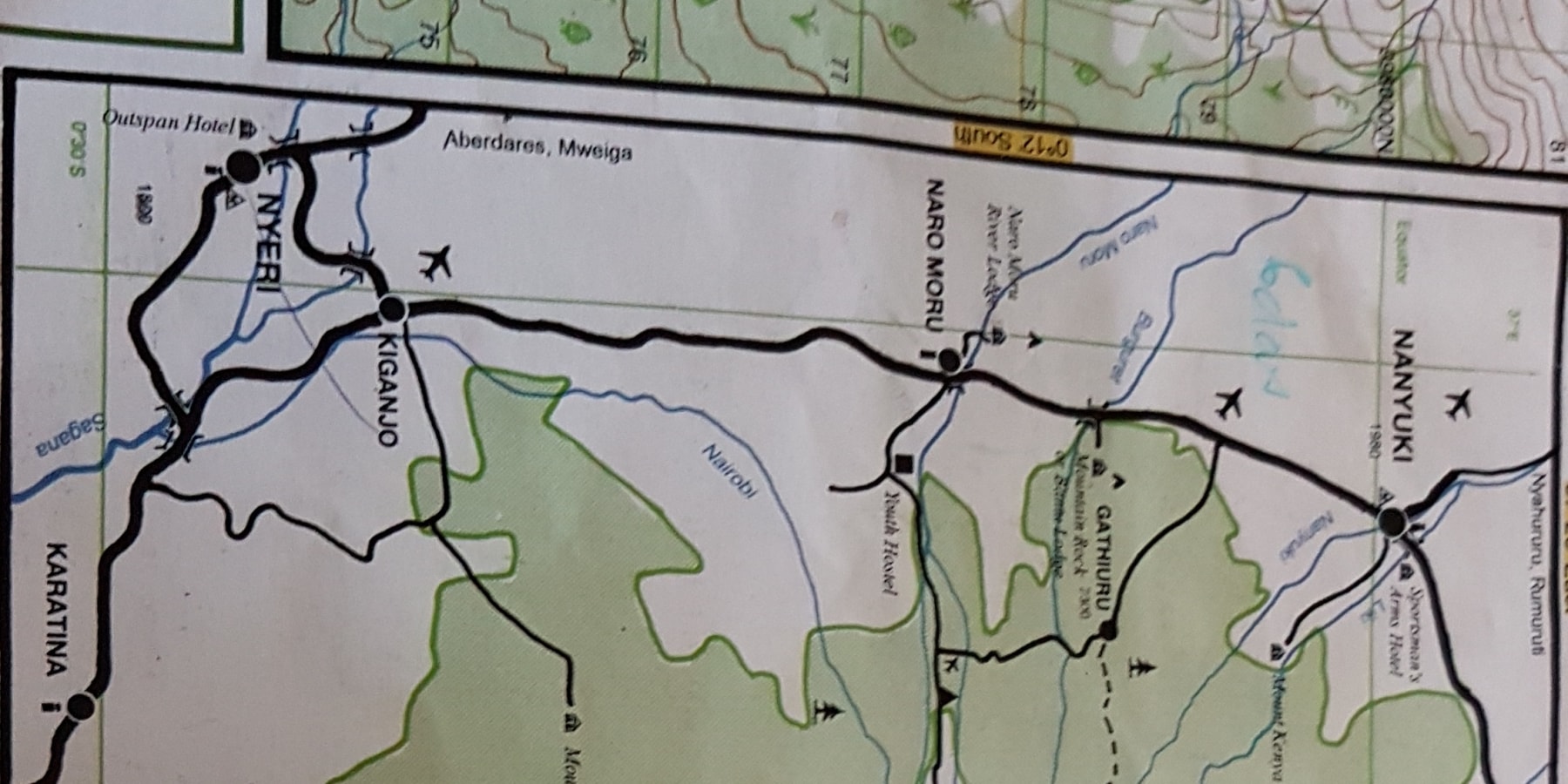
Most people who have done a bit of reading or research into high altitude climbing will have read about mountain sickness. For those who have not, or for those that want some more information, we have provided this section giving a good overview of mountain sickness and how to prevent it while climbing the mountain.
Mountain Sickness on the Mountain
Mountain sickness is the effects of lack of oxygen on the body. All your organs need oxygen to survive and when the body doesn't get enough, problems arise. As you gain altitude, the air pressure drops and as it drops, your body takes in less air and therefore less oxygen with each breath. To counteract this, your body begins to adapt. Your breathing and heart rate increases and your body makes more red blood cells to carry oxygen. While your breathing and heart rate can change very quickly, the crucial extra red blood cells take a few days to form. Climbing too far too fast before this process gets properly underway and the result is AMS (Acute Mountain Sickness).
Symptoms of Altitude Sickness
Mild symptoms include:
Headaches*
Fatigue or weakness
Loss of appetite
Nausea or vomiting
Dizziness or light-headedness
Insomnia
Pins and needles
Shortness of breath upon exertion
Drowsiness
Persistent rapid pulse
Peripheral oedema (swelling of hands, feet, and face)
*Although headaches are a primary symptom used to diagnose altitude sickness, it is also a symptom of dehydration which can easily occur whilst climbing.
.
Life-threatening symptoms include:
Pulmonary Oedema - Fluid in the lungs, the symptoms of which are a persistent dry cough, fever and shortness of breath even whilst resting.
Cerebral Oedema- Swelling of the brain, the symptoms of which are a headache that does not respond to painkillers, unsteady gait, increased vomiting and gradual loss of consciousness. Because visitors ascend the mountain at a slow rate and start walking from a low altitude, the serious problems associated with high altitude acclimatization are less frequently encountered. However, the incidence of appetite loss, headache, nausea and vomiting are higher, affecting to a greater or lesser extent, 80% or more of the visitors who get above (4 600 m). It should be noted that the majority have very mild symptoms, which can be treated on site.
Preventing AMS and enjoying your mountain climbing. It is important to note that almost all severe cases of altitude sickness on the mountain are climbers on a shoestring budget who have cut days to save money (a false economy as the chances of reaching the summit fall dramatically if days are cut from the ascent). Pole pole! Doucement doucement! Piano piano! Langsam langsam! Rustig rustig! Lentamente lentamente! Our unofficial motto of mountain climbing is Pole Pole, meaning slowly-slowly in Swahili. By taking your time and enjoying the climb each day, taking plenty of rest stops and photographs, and also drinking 3-4 litres of water a day you can minimize the effects of mountain sickness. By far the best way to aid acclimatization and to give you the best possible shot for the summit is to take a rest day. A rest day involves a short morning trek to a higher altitude for lunch before returning to camp, or else heading for one lesser-visited camp for some extra exploring and to spend the night before re-joining the main trail. There are some beautiful walks above (4500 m) which can be used for acclimatization, as well as providing spectacular views most climbers don't get to see. Taking it slow, eating well, resting well and taking a drink every few minutes (the platypus-style water bags that go in your pack and allow you to drink hands-free are very useful for this) will go a long way to getting you up the mountain and making your time as enjoyable as possible.
During the tour:
Go slowly for the first one hour (1 hr) of the tour in order to allow the body to warm up slowly. Climbing too fast must be avoided.
Rest and eat and drink if possible every 2 -3 hours. You should eat a little and drink plenty, even if you are not hungry or thirsty. Consume a diet rich in complex carbohydrates (biscuits, granola bar, nuts, power bar, etc.). Do not drink alcohol before you get to your camp in the mountains. Alcohol cause depression in your breathing, it also causes dehydration and mimics acute mountain sickness, hyperventilation is the key to acclimatisation.
Children and seniors have less physical reserves than adults; they need to rest, drink, and eat more often compared to adults.
Above 2,500 – 3,000 m, if terrain allows it, don’t increase sleeping altitude by not more than 30500 altitude meters every 24 hours and spend an extra night at the same altitude every third day of climbing. If possible do not sleep at the highest point reached on that day. The golden rule is to climb high, sleep low.
If something happens:
In case of deterioration of the weather, descend from summits and ridges, leave via ferrata, high trees or power line poles in the storm. Don’t shelter in small caves or under overhangs.
Injured or ill people should not be left alone (Note: the language barrier is a risk factor! The person who stays with the patient should speak his/her language). Finish necessary treatment on the patient; protect him/her against further cooling out, and in major cases call for help.
If somebody doesn’t feel well at any point or time of the trip think early about how to descend (return). If you are ill at altitude, your symptoms are due to the altitude until proven otherwise. Don’t climb higher, or, if you are feeling very ill or are getting worse, descend immediately.
Keep an eye out for your actual position on the map or use GPS navigation. Knowledge of your correct position will help to locate you quickly in case of emergency and rescue.

